This is what you told us
Responses from the community identified opportunities for improving the transition to a fortnightly red lid bin collection service using alternative services for recoverable materials.
- For household size of 1 to 3 people, an 80L red lid bin was most common
- For household size of 3 to 5 people, a 120L red lid bin was more commonly selected depending on their waste disposal needs
- For household size of 4 people onwards, a 240L red lid bin was most common
The responses indicate that a typical household size is between 2 and 4 people.
Of the 462 participants that noted their bin was full at collection:
- 92 (20%) dispose of nappies/incontinence aids in the red lid bin when a complimentary weekly nappy collection service exists to meet those needs.
- 23 (5%) dispose of green waste/food scraps in the red lid bin when there is a weekly FOGO service.
- 91 (20%) dispose of textiles in the red lid bin when there is a complimentary textile disposal point all Resource Recovery Centres.
- 243 (53%) dispose of plastic meat trays in the red lid bin when there is a 360L Yellow Lid Bin should their 240L Yellow Lid Bin be insufficient.
Of the 1,067 respondents that noted their bin was over full at collection:
- 345 (32%) dispose of nappies/incontinence aids in the red lid bin when a complimentary weekly nappy collection service exists to meet those needs.
- 84 (8%) dispose of green waste/food scraps in the red lid bin when there is a weekly FOGO service.
- 265 (25%) dispose of textiles in the red lid bin when there is a complimentary textile disposal point all Resource Recovery Centres.
- 624 (58%) dispose of plastic meat trays in the red lid bin when there is a 360L Yellow Lid Bin should their 240L Yellow Lid Bin be insufficient.
- 769 (42%) households have up to a full bin within the fortnight
- 1,067 (58%) households have an overfull bin within the fortnight
- 1,544 (39%) have ambitions to reduce waste and organics to landfill as well as reducing greenhouse gas emissions.
- 809 (21%) noted bin odour as a concern.
- 1,467 (37%) were focused on a more frequent red lid bin collection.
- 104 (3%) had other comments which reflected more frequent collections, satisfaction with current service or other non-kerbside waste items.
On a scale of 1 to 5, where 1 is 'very dissatisfied' and 5 is 'very satisfied', the graph below shows the responses to this question from the survey:
The free text field enabled participants to provide their feedback on the kerbside collection service; which saw broad feedback provided in reflection of:
- a general preference for weekly red lid bin collection service;
- positive reflection on the transition towards a fortnightly red lid bin collection service;
- support for Council and the collective efforts to addressing waste management;
- challenges experienced with bin odour (note: this can be mitigated with appropriate disposal of items); and
- challenges experienced with lack of bin air space (note: there is potential these comments may be where respondent’s red lid bin size is insufficient for household size; or where diversion of recoverable/recyclable materials is not done).
What was determined from feedback received?
The average participant demonstrated a concern for environmental impacts of waste management but were not utilising alternative or new recoverable/recycling options.
Given this, there is significant scope to improve a households’ utilisation of the red lid bin within a fortnightly collection service.
Opportunities identified to reduce red lid bin use
Nappy Collection Service
- There are 464 participants that do not currently utilise the complimentary nappy collection service.
- Using the weekly nappy collection service will immediately relieve these households of concerns related to bin fullness.
Recyclable Plastic Items
- There are 996 and 149 participants that do not dispose of plastic meat trays and paper / cardboard respectively in the yellow lid bin.
- This may be indicative that households may be exceeding their 240L yellow lid bin, and have not upsized to a 360L yellow lid bin.
- In FY24/25, residents can upsize to a 360L yellow lid bin for no upsize fee or additional service charge (i.e. same cost as 120L and 240L service charge).
Textiles
- There are 391 participants that do not utilise the Textile Disposal Points located at the Resource Recovery Centres which can be used to dispose of textiles at no cost, with those items being sent for recycling.
Organics
- There are 117 respondents that dispose of organic material in the red lid bin which likely contribute towards odour concerns in a fortnightly collection
- The utilisation of the FOGO (Food Organics Garden Organics) bin for weekly collection of organic material is critical to preventing organic material being sent to landfill, whilst providing direct benefit to households with the weekly collection of that organic material in the FOGO bin.
Want to know more?
For the full details, please refer to the Council summary and recommendations on pages 57 to 73 in the August 2024 Council Meeting Agenda.







